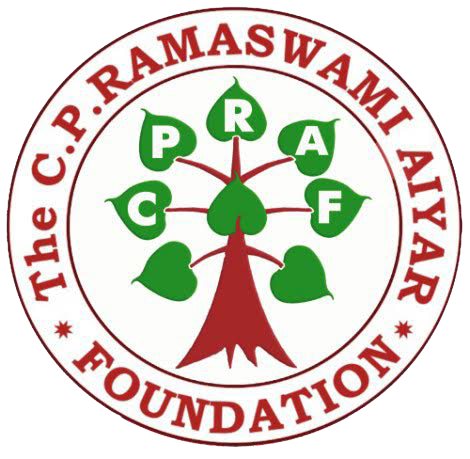



| C.P. ART CENTRE |
|---|
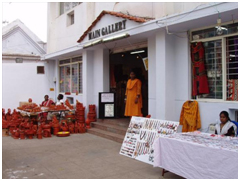
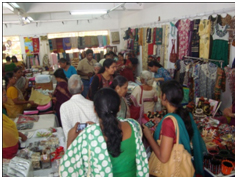
“Culture involves a vivid awareness of the meaning of life, a conspectus of the world's problems in the proper order and relative importance and the deliberate choice of things that are really worthwhile." - Dr. C.P.Ramaswami Aiyar
C.P. Art Centre was established on June 29, 1978, with the objective of promoting Indian art and crafts. The C.P. Art Centre organizes exhibitions and demonstration of crafts, art festivals, exhibitions and seminars on contemporary and folk art and topics of general interest, workshops on various arts and crafts, lecture-demonstrations and performance of classical and folk music and dance and art workshops for teachers.
Galleries :
3 of the 4 Galleries are available for hire when not in use for our own exhibitions:
Main Gallery (Airconditioned) - 2000 sq.ft.
Mini - I (Airconditioned) - 850 sq.ft.
Mini - II (Non-Airconditioned) - 500 sq.ft.
For more information please contact : Mrs. K. Shantha, Manager between 10:00 AM and 5:30 PM.
email : cpartcentre@gmail.com / cprafoundation@gmail.com
Telephone : +91-44-24341778
Fax : +91-44-24351022
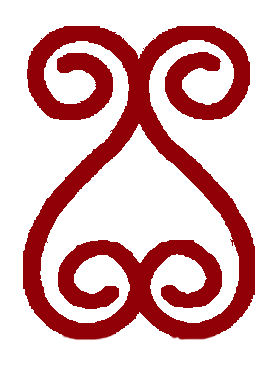
| SHAKUNTHALA ART GALLERY |
|---|
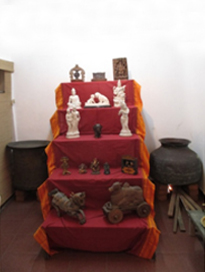
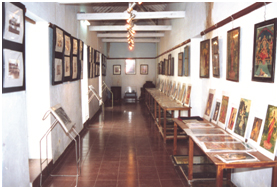
FROM STEAM BATHHOUSE TO ART GALLERY
The steam bathhouse was known in Tamil as the Vennirul (literally, the hot water room). A huge andaa or copper container sat on a brick stove fuelled by wood, producing both hot water and steam throughout the day. Later, a coal-fired water boiler was used to produce the same effect. In the Tamil month of Maargali (December-January), a few drops of eucalyptus oil were added to the water to prevent coughs and colds. After the rains, a few drops of citronella oil kept the mosquitoes away.
The bath was a long-drawn and luxurious affair on Tuesdays and Fridays for women and Thursdays and Saturdays for men. It was quicker on other days, but no less luxurious. First came the oil, which was massaged into the body and hair. Oiling the hair is an ancient ritual which maintains the natural colour, promotes luxurious growth and cools the head. Oiling the body softens the skin, removes the heat of the body, increases suppleness, prevents ageing, and provides protection against extreme temperatures.
The oil used in Tamil Nadu was generally nalennai (meaning “the good oil”) (English: sesame seed oil; Hindi: til ka tel), which was a natural dye and prevented greying. To it was added several herbs, dried flowers, leaves and roots, including a small piece of dried red chilli, and the whole boiled. After straining the oil, it was applied all over the body and hair, after which the person would sit in the steam house and sweat it out, not unlike a Turkish bath. Unrefined sesame oil, when massaged into the skin, leaves it amazingly soft and smooth. After a length of time (depending on the commitments for the day), the person would go in for a hot water bath, using the water from the same andaa which generated the steam. The oil on the hair would be washed off with shiyakaai podi (Hindi: shikakaay powder) ground with lentils, herbs, dried leaves and flowers. Finally, the hair was dried over steaming incense.
The body was given equal care. Manjal podi (English: turmeric powder; Hindi: haldi) was used by women over the oil on the face and body on Tuesdays and Fridays, milk on other days. The body was washed with a fragrant-smelling powder made of lentils and dried flowers, which nourished the skin and left it smelling sweet. If the stickiness did not leave the body, kadalai maavu (English: Bengal gram; Hindi: besan) would be used to wash off the remaining oil, to ensure that it did not spoil the rich Conjeeverum sarees traditionally worn by the women. Sandalwood paste was smeared thereafter, to cool the body and as a perfume.
The vessels used for this ritual were unique. The water was heated in a copper vessel, for copper has medicinal properties. The flavoured oil was heated in a thick bronze vessel with a long handle and wheel, to push it along the polished stone benches. The powders were placed in flat-bottomed brass vessels.
After the bath, the women went in for their pooja (prayers), lunch and a nap, followed by a chat session in the adjoining thaavaaram (pillared corridors) and mitham (open courtyard), decorated with frescoes on the walls or Tanjore-style paintings. There were two 200 year old bathhouses in The Grove – one for men and another for women - making up a long corridor-like structure.
The C.P. Ramaswami Aiyar Foundation retained the old bathhouse with its roof of tiles and glass, and converted it into the VENNIRUL ART GALLERY in 2004. Unfortunately, the flooring and stone benches of polished Cudappah stone had broken down after years of non-use and neglect caused by the introduction of bathrooms and hot water geysers, and had to be removed and replaced by tiles. However, the old water boilers and oil and powder vessels remain to take the visitor back to a past when life was slower and luxurious, and health and beauty were regarded as an art form.
In 2015, the VENNIRUL ART GALLERY was renamed SHAKUNTHALA ART GALLERY. It is used exclusively for exhibitions of art, while the adjoining thaavaaram and mitham provide an outlet for crafts made by groups such as tribals, women and the disabled, working with C.P. Art Centre.
SHAKUNTHALA ART GALLERY relives the lifestyle of ancient Mylapore, the oldest part of Madras.